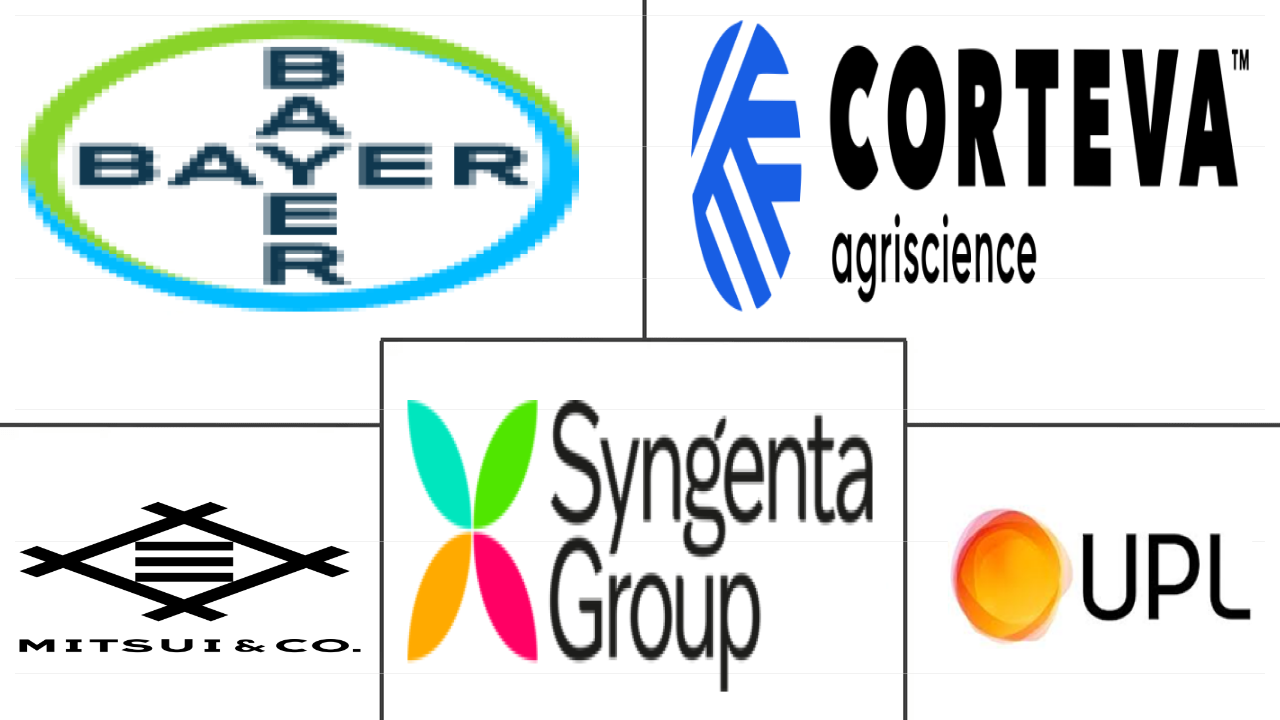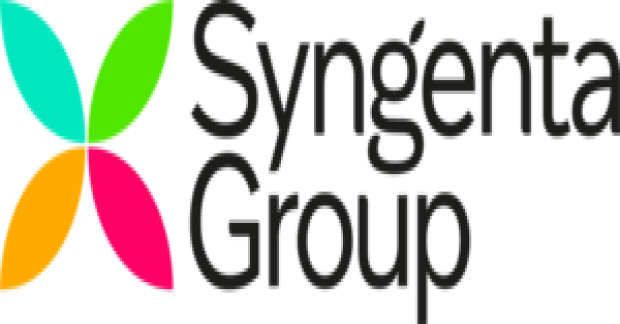Market Size of europe seed treatment Industry
| Icons | Lable | Value |
|---|---|---|
|
|
Study Period | 2017 - 2029 |
|
|
Market Size (2024) | USD 1.45 Billion |
|
|
Market Size (2029) | USD 1.79 Billion |
|
|
Largest Share by Function | Insecticide |
|
|
CAGR (2024 - 2029) | 4.29 % |
|
|
Largest Share by Country | Germany |
Major Players |
||

|
||
|
*Disclaimer: Major Players sorted in no particular order |
Europe Seed Treatment Market Analysis
The Europe Seed Treatment Market size is estimated at 1.45 billion USD in 2024, and is expected to reach 1.79 billion USD by 2029, growing at a CAGR of 4.29% during the forecast period (2024-2029).
1.45 Billion
Market Size in 2024 (USD)
1.79 Billion
Market Size in 2029 (USD)
3.28 %
CAGR (2017-2023)
4.29 %
CAGR (2024-2029)
Largest Segment by Function
50.32 %
value share, Insecticide, 2023
No-tillage and monoculture practices proliferate various insects like wireworms, carrot flies, onion flies, and others, growing the market for insecticide seed treatment.
Fastest-Grwoing Segment by Function
4.90 %
Projected CAGR, Insecticide, 2024-2029
Frequent yield losses by various insect pests like Colorado potato beetle, wireworms, and onion flies are increasing the utilization of insecticide seed treatment products.
Largest Segment by Crop Type
59.85 %
value share, Grains & Cereals, 2023
Grain and cereal crops are vulnerable to various soil-borne diseases (like root diseases), pests, and nematodes (such as root-knot nematodes). This has increased seed treatment usage.
Largest Segment by Country
29.03 %
value share, Germany, 2023
Frequent yield losses by various soil-borne pests like Colorado potato beetle, wireworms, and symphylan have increased seed treatment product utilization in the country.
Leading Market Player
23.90 %
market share, Syngenta Group, 2022

The company offers seed treatment products for grains, cereals, soybeans, corn, and alfalfa. These ensure uniform distribution and adherence to the surface of seeds.
Fungicides dominated the European seed treatment market as seeds are more susceptible to soil-borne fungi
- Seed treatment refers to the application of fungicide, insecticide, or a combination of both to seeds to disinfect them and protect them from seed-borne or soil-borne pathogenic organisms. Seed treatment can improve germination, seedling emergence, plant vigor, stand establishment, and total yield, helping ensure the crop is on its way to reaching its full genetic potential.
- The first four to six weeks after sowing is a critical period in the life of a new plant as seedlings emerge and develop their physical makeup. Sowing treated seeds helps protect the germination and establishment stages when emerging seedlings are most vulnerable to attack from invasive insect pests and disease pathogens.
- Fungicides dominated the European seed treatment market with a share of 49.0% in 2022. The most common disease-causing fungi found in Europe are Fusarium spp., Septoria spp., Pyrenophora spp., Ustilago spp., Tilletia spp., and Botrytis spp. Similarly, Rhizoctonia solani, Phytophthora spp., Pythium spp., Verticillium spp., and Sclerotinia spp. are the most common soil-borne fungi.
- The European seed treatment market is dominated by cereal and grain crops, accounting for 61.8% of the market share in 2022. Cereal crops are susceptible to various seed-borne diseases caused by fungi, bacteria, and viruses. Seed treatment helps protect the seeds from these pathogens, preventing infection during germination and early growth stages. Common seed-borne diseases in cereals include Fusarium, smuts, bunts, and seedling blights.
- Schemes like the European Seed Treatment Assurance Scheme (ESTA), a quality assurance system to ensure that seed treatment and the resulting treated seeds meet requirements defined by legislators and the industry, are boosting the market's growth.
Schemes like the European Seed Treatment Assurance Scheme drive the seed treatment market
- In Europe, annual crops can be subdivided into winter crops and spring and summer crops. Winter crops are sown in autumn and harvested in the summer of the following year. Spring and summer crops are sown and harvested in the same year. In the European Union, wheat, rapeseed, rye, and triticale are typically winter crops, whereas maize, sunflowers, rice, soybeans, potatoes, and sugar beet are summer crops. Barley is common in both its winter and spring varieties.
- Grains and cereals dominated the consumption of seed treatment chemicals in Europe, accounting for about 61.8% of the market value, which was valued at about USD 955.1 million in 2022. It is anticipated to reach USD 1.73 billion by the end of the forecast period. The area under grains and cereals is showing an increasing trend, which was 119.2 million hectares in 2022 to 133.5 million hectares by 2029.
- Among the European countries, Spain dominated the market with a market share of 19.4% of the European seed treatment market in 2022. The area under cultivation is anticipated to grow from 12.7 million hectares in 2022 to 14.0 million hectares by 2029. This will further drive the country's seed treatment market and it is anticipated to register a CAGR of 9.0% during the forecast period.
- Moreover, a few schemes like the European Seed Treatment Assurance Scheme (ESTA), a quality assurance system to ensure that seed treatment and the resulting treated seed meet requirements defined by legislators and industry are boosting the market’s growth. The ESTA has been designed to be compatible with the national quality assurance systems in France (PQP) and Germany (SeedGuard). This will further drive the market and is anticipated to grow at a value CAGR of 4.2% during the forecast period.
